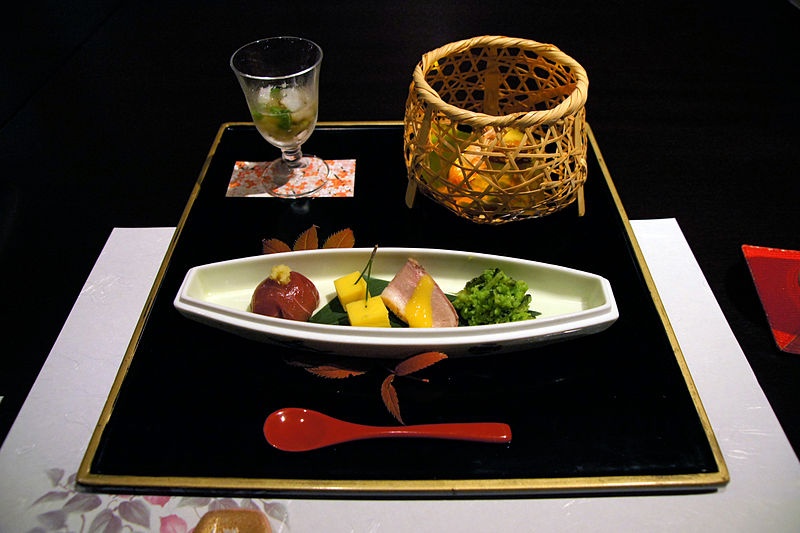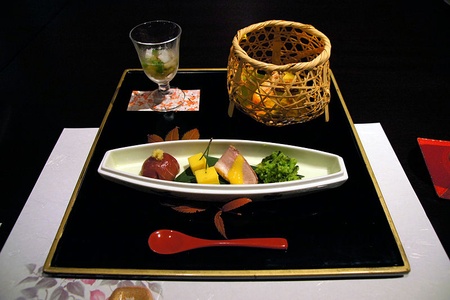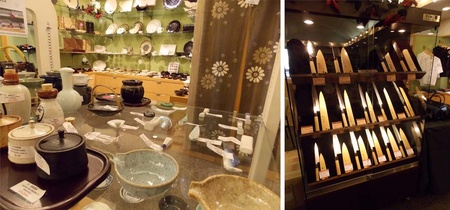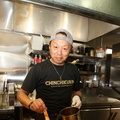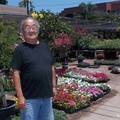UNESCO (The United Nations Educational, Scientific and Cultural Organization) decided to register “Washoku” (traditional Japanese cuisine) as an Intangible Cultural Heritage1 on December 4, 2013 during the intergovernmental panel at Azerbaijan, Baku. That was recommended by the Japanese government. Until now Gastronomy Art of France, Mediterranean Cuisine, Traditional dishes of Mexico, and Traditional kashkak of Turkey have been registered as Intangible Cultural Heritage, but the food culture of the country as a whole having been recognized as Intangible Cultural Heritage are only France and Japan. “Washoku” is the fifth culinary Intangible Cultural Heritage registered by UNESCO.
The Japanese government proposed the registry of Washoku to UNESCO last March, citing “various fresh fruits from the mountains and seas due to geographic diversity,” “presentation that capitalizes on the beauty of nature,” “close relationship between the New Year and rice planting,” and other highly cultural aspects of Japanese cuisine. UNESCO’s subsidiary agency that conducted the preliminary review in October had recommended the “registry” of Washoku as “playing an important role in social solidarity.”
The Intangible Cultural Heritage is one of UNESCO’s Heritage Project Programs, along with “World Heritage” and “Memory of the World.”
Washoku constitutes the twenty-second registry from Japan following kabuki and Noh, etc. Because Washoku has already become widespread in the U.S. followed by Europe, it’s entirely possible that the cuisine’s global popularity was a sufficient factor that led to the decision to register Japanese cuisine as an Intangible Cultural Heritage. The logic is, if the popularity of Washoku were limited domestically within Japan, then the decision to register Japanese cuisine as an Intangible Cultural Heritage would have never occurred. From this perspective, the contributions by trading corporations that spread the popularity of Washoku are huge.
We spoke to Noritoshi Kanai, Chairman of the Mutual Trading Company, one of such major trading companies in the world.

The challenge to make sushi widespread
The Mutual Trading Company is located south of Little Tokyo. Founded in 1926, the Mutual Trading started exporting Japanese food products to the U.S. in full‐scale in 1951, the year that then-President Chuhei Ishii asked current Chairman Kanai to join the company.

During World War II, Kanai was sent to the front lines in Burma. In Burma, approximately 300,000 Japanese soldiers died, of which 95 percent was due to the fact that the food did not reach the front lines. After the war, Kanai became involved in the business of distributing Japanese food to Japanese people living in the U.S. A lesson he learned during the war was a factor in his career choice.
At the beginning, Mutual Trading achieved a big success by importing and selling Japanese cookies. Those were made in a special way of baking. But major U.S. makers started making similar cookies and the Mutual Trading was unable to compete with those major companies.
The Mutual Trading Company eventually decided to only handle Japanese products, as recommended by Harry Wolff Jr., a former Jewish food broker, which led to their decision to sell sushi in the United States. At the time, very few people in the U.S. knew of sushi in the mid-’60s.
Deciding between supermarkets and restaurants to make sushi widespread, Kanai chose to focus on restaurants. He proposed starting a sushi bar to make sushi more accessible to local diners. Kanai paid frequent visits to major Japanese restaurant “Kawafuku” in Little Tokyo at the time to recommend installing a sushi bar. Six months later, “Kawafuku” finally agreed, offering the first sushi bar in the U.S. The term “sushi bar” was also Kanai’s idea.
The following year, “Eigiku” in Little Tokyo followed suit, followed by “Tokyo Kaikan” also installing a sushi bar a year after “Eigiku.” American diners gradually started to enjoy sushi. Once sushi became widespread in the U.S., its popularity started to spread like “flying sparks” from Little Tokyo to Japanese restaurants in other regions. Caucasian sushi chefs started to emerge, and sushi gradually spread to West Los Angeles regions.
Food related products become widespread
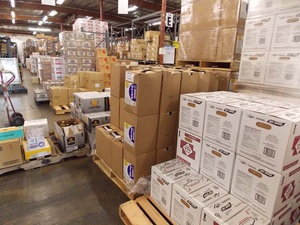
Of course preparing sushi requires rice. Not any rice, but rice that’s most suitable for making sushi rice. In this way, business with the Koda Farm that produces suitable rice for sushi in California started, followed by expanded importation of soy sauce, vinegar, seaweed, and other food products needed to prepare sushi. Freezing food for preservation became widespread in the mid-’60s, a method that offers vast improvement over ice placed in bags to transport fish by air.
Also, importation of sake that accompanies sushi also became widespread, along with cooking utensils. Sashimi knives, professional cutting boards, soy sauce dispensers and dishes, etc., expanded Mutual Trading’s inventory of products.
On the other hand, the supply of sushi chefs was also an issue. The demand for sushi chefs in the U.S. greatly expanded from late 1960s to the ’70s, which brought many sushi chefs from Japan. At the time, VISAs were easily obtainable legally. However, once non-Japanese sushi professionals started to emerge, obtaining VISAs became gradually difficult.
On the other hand, the inflated Yen due to the second oil shock decreased the value of U.S. dollars in the U.S., which decreased the number of sushi chefs coming to the U.S. This trend continued, which led to Kanai’s decision to form a partnership with an established sushi restaurant to jointly start a sushi-chef school in 2008, which has produced approximately a hundred sushi chefs to date.
Due to this flow of events, Kanai states, “Japanese cuisine received a lot of criticism when it was first introduced to the world. It became widespread because of the cuisine itself is appealing. We were fortunate to be able to help it become widespread.”
“The only countries in the world to have their cuisine recognized as an Intangible Cultural Heritage are only France and Japan. This is a great accomplishment. By having our cuisine recognized as an Intangible Cultural Heritage, jobs relating to Japan’s culinary cuisine will continue to expand,” said Kanai, as he drew from an important lesson on distribution he learned from his wartime experiences.
Notes:
1. The “intangible cultural heritage” means the practices, representations, expressions, knowledge, skills—as well as the instruments, objects, artifacts, and cultural spaces associated therewith—that communities, groups and, in some cases, individuals recognize as part of their cultural heritage. This intangible cultural heritage, transmitted from generation to generation, is constantly recreated by communities and groups in response to their environment, their interaction with nature and their history, and provides them with a sense of identity and continuity, thus promoting respect for cultural diversity and human creativity.
* This article was originally published in the J-Town Guide: Little Tokyo (January 2014).
© 2014 All Japan News Inc. / Yukikazu Nagashima


